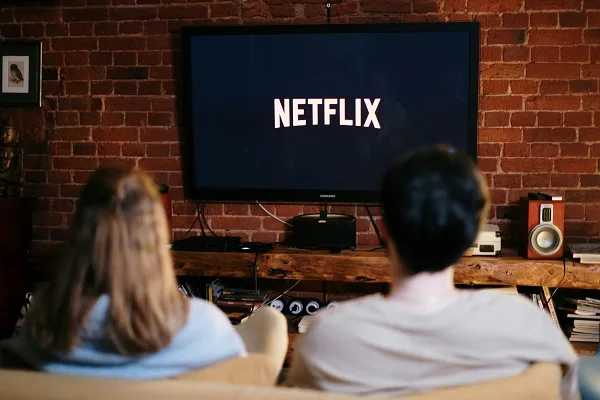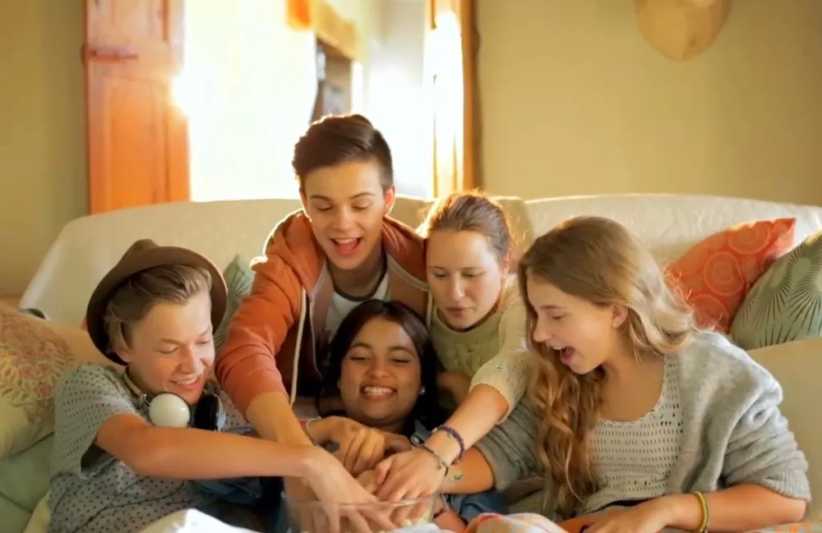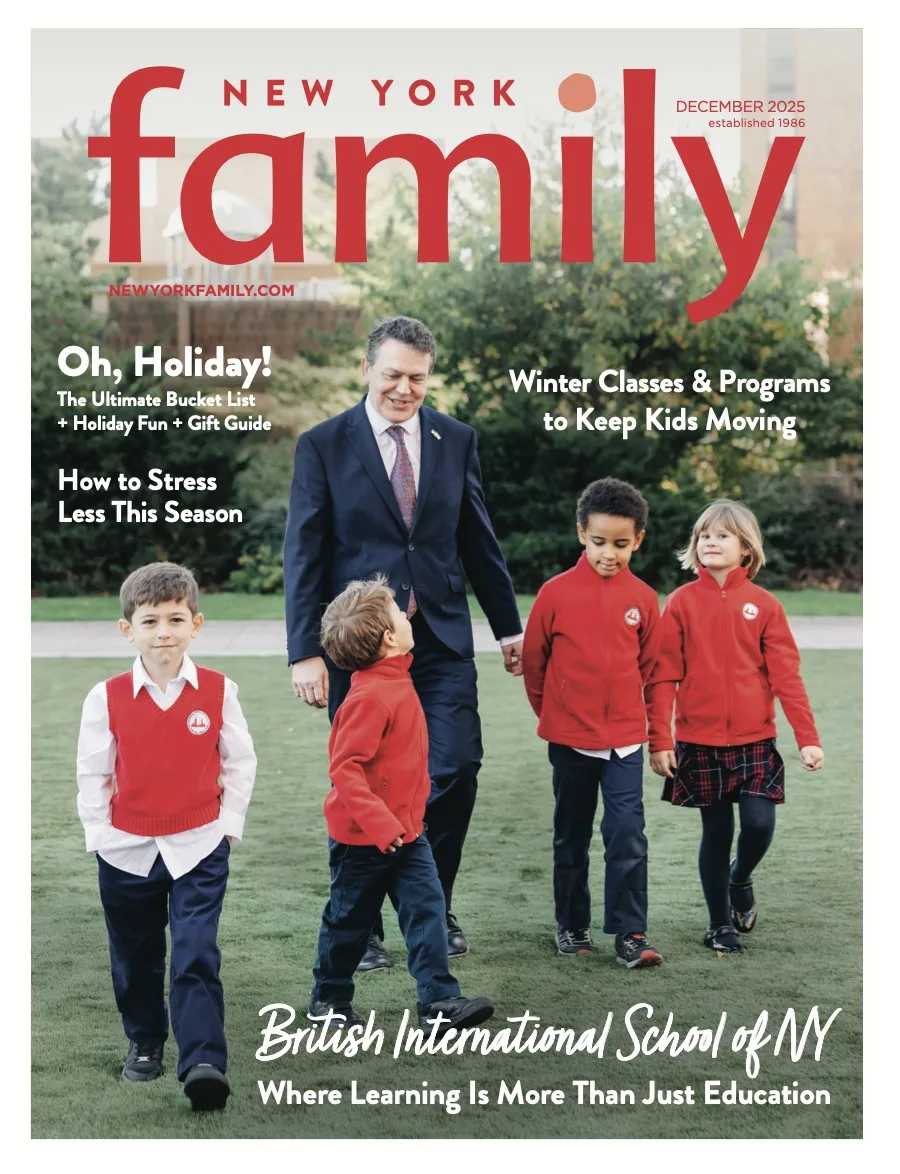With school now in full swing, many parents are scrambling to find after-school care or extracurricular activities to occupy their children during the post-school hours. The academic success of our children is a top priority, but children also have a creative and active side that should be nourished. Children’s level of socialization also depends greatly upon their involvement and success in extracurricular activities, whether in sports, music, cultural excursions or other arts-related activities. We, as parents, want our children to experience a variety of activities.
There are various types of after-school programs. Some programs are sponsored and operated by for-profit businesses, and there are many more run by schools. Community organizations, churches, and government agencies — such as the parks department — also offer after-school programs. Some programs emphasize sports or the arts (dance, music, arts and crafts), and other programs focus on academics by providing tutoring in school subjects, assisting with homework, or integrating science.
All of these programs strive to provide safe places for children to have fun.
It is not financially wise to pay for every program that sounds interesting, so you either have to find a program that has a vast selection of activities or simply narrow down your options. In attempting to decide which activities are worth pursuing, there are a few things to consider:
• How much does your child enjoy the activity?
• Will this be a long-term commitment?
• Will this cause a conflict in your schedule?
• Does it fit in your budget?
• Is it easily accessible?
For school-age children, on-site after-school programs are a great option for identifying the best and most convenient extracurricular options for your child. This option is especially attractive for working families, since on-site after-school activities are often easier to balance with work and family life. Also, as children form healthy relationships with their teachers, participation in extracurricular activities with those same teachers will likely develop, which will allow the children to become comfortable learning and exploring during in-school and out-of-school hours.
Many after-school programs receive private grants and government funds like the 21st Century Community Learning Centers Grant (awarded to programs that provide academic enrichment for students attending high poverty/low performing schools) in order to provide quality programming at an affordable rate for working families. As a benefit of this funding, staff of the organizations receive training from education and youth development professionals via non-profit organizations like The After School Corporation and the Partnership for After School Education. This only adds to the professionalism of the staff and their ability to best serve children.
Non-profit organizations like the Police Athletic League of New York City and the Sports and Arts in Schools Foundation are two of the largest after-school providers in the city, serving all five boroughs.
Effective after-school programs benefit not only the children they serve, but their families and communities, by providing a safe, structured environment for the children of working parents. After-school programs also offer an array of activities that are not always available during the school day. If there is limited time, space or funding for physical education, art and music programs, after-school programs can offer kids the opportunity to run, draw, or perform.
A good after-school program has many benefits. It keeps the children safe, as well as busy. They burn off excess energy and explore their creativity. After-school programs help children develop leadership skills. They learn what it means to have good sportsmanship and why it’s important to be a team player. Overall, it helps shape the personality of a child. Children practice open-mindedness and how to be respectful of others, because that’s what is expected of them in the after-school environment.
It has been cited in many studies that after-school programs improve student achievement in school, as well as enhance test scores and work habits. By providing students with activities such as music, art, sports, and cultural experiences, after-school programs improve students’ social skills, give them confidence, and influence their educational and professional aspirations. Teens involved in extracurricular activities and after-school programs often take part in leadership roles such as student council. They learn the importance of volunteering and attending conferences. This helps them to grow as individuals, and helps them to be stronger candidates once college application time arrives.
In addition to after-school programming, during school breaks or days off from school, there are many options for day-long care or holiday camps available to children. These options vary from open play to music, art, sports, and cultural experiences. For example, many learning spaces, like museums, offer activities during the winter, spring, and summer breaks. A few of my favorites in the New York metro area are the American Museum of Natural History, the Intrepid Sea, Air, and Space Museum and the Solomon R. Guggenheim Museum. The programs offered at these venues are top-notch and will be unique experiences for your child.
Although extracurricular activities can be important aspects of your child’s development, try your best not to overbook. If your child attends programming Monday through Friday, try to leave a free day (or two) on the weekend. Remember, some of your family’s most memorable moments will occur unplanned and without a schedule.
Shnieka Johnson is an education consultant and freelance writer. She is based in Manhattan where she resides with her husband and son. Contact her via her website: www.shnie
Links:
Sports and Arts in Schools Foundation
sasfn
Police Athletic League
21st Century Community Learning Centers Grants
www2.ed.gov/
American Museum of Natural History
www.amnh.org/
Intrepid: Sea, Air & Space Museum
https://www.intrepidmuseum.org/
Solomon R. Guggenheim Museum













